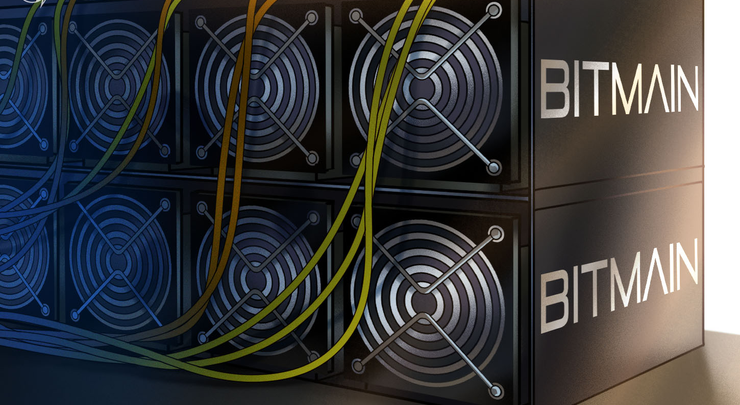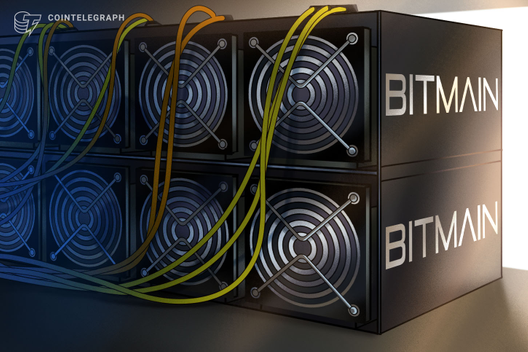
[ad_1]
Leading mining Application Specific Integrated Circuit (ASIC) producer Bitmain announced two new S17 miners in a press release shared with Cointelegraph.
The two new mining ASICs, namely the S17e and the T17e, will both be launched on Sept. 9. The company claims that both the new models feature improvements, which should translate to higher efficiency, more stable operation and more longevity.
ASIC specifications released
Bitmain also released the specifications of both the newly announced mining machines. The S17e has a hash rate of 64 TH/s and operates with a power efficiency of 45 J/TH, while the T17e offers a hash rate of 53 TH/s and a power efficiency of 55 J/TH.
Both the S17e and the T17e feature a dual tube heat dissipation system, which reportedly improves how efficiently the machines can dissipate heat. This should enhance the longevity of the hardware and its stability.
Furthermore, Bitmain also claims that the software embedded into the two new ASICs has higher cybersecurity standards to prevent malicious attacks.
Sale and delivery times
The S17e and T17e will be released in three batches. The first batch will be available for sale on Sept. 9, 19:00 GMT+8, and expected to b e delivered in the first 10 days of November. The second batch will be sold on the same hour of the next day and will be delivered in the period starting on Nov. 11 and ending on Nov. 20.
The third last batch will be sold at the same time on Sept. 11, and its delivery is scheduled for the period starting on Nov. 21 and ending on Nov. 30.
As Cointelegraph reported in August, Bitmain will reportedly increase its capacity by 50% in the next six months on the back of a giant hardware order.
Delay compensation program announced
The company also announced a delivery delay compensation. As part of this new initiative, customers whose deliveries are delayed will be compensated by Bitmain with coupons for each day of delay. The compensation is based on pay per share rewards of the mining pool, with the electricity cost deduced.
[ad_2]
Source link





